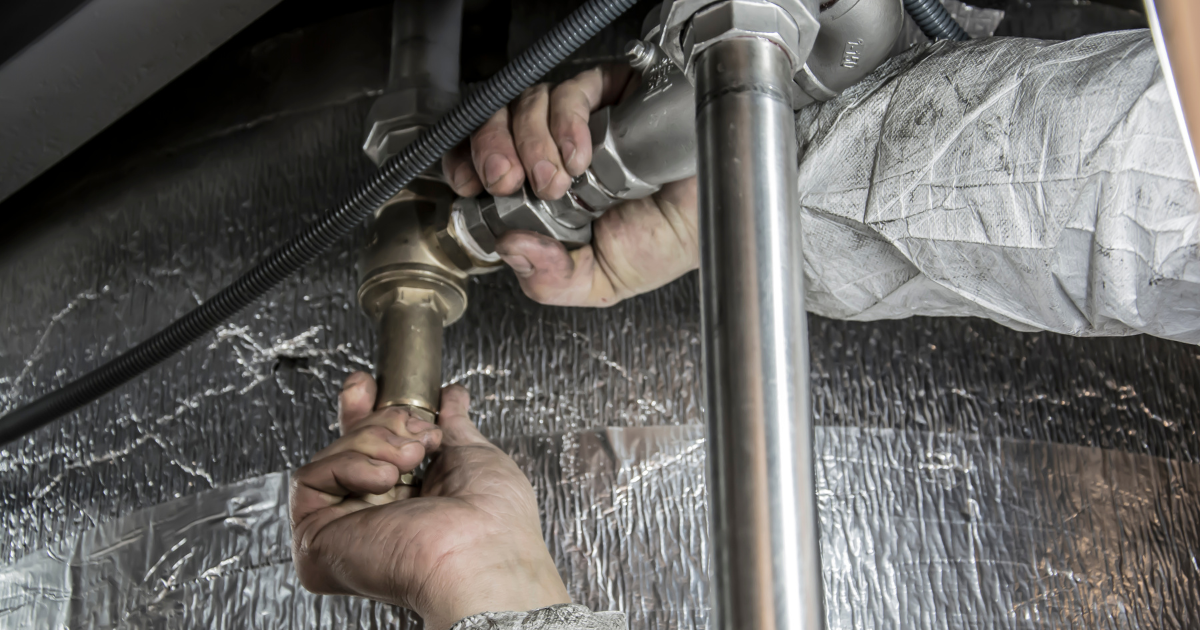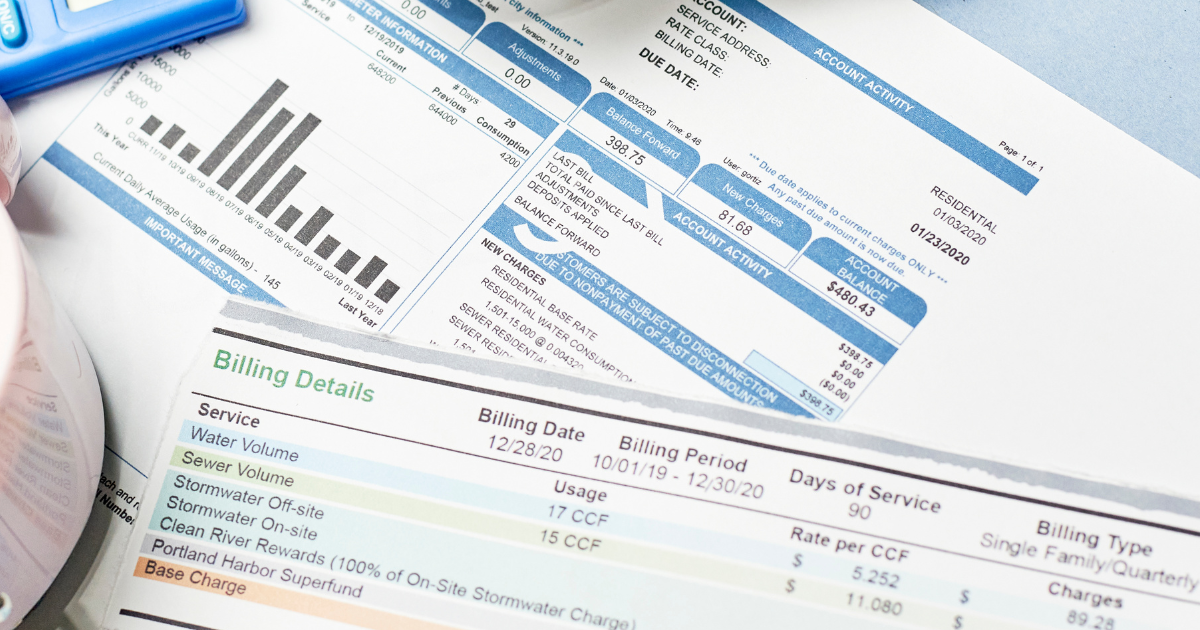Tankless water heater installation cost
Tankless water heaters are a great alternative to traditional storage-tank water heaters. They come in gas, electric, and solar units and can be used in homes, businesses, and even RVs.
Tankless water heaters do not store water in a tank but instead heat water on demand, as it flows from the faucet. This means that you have access to hot water all day long, but you never run out of hot water.
The unit does this by heating cold water with an electrical element that is installed between the incoming supply pipe and the hot water pipe leading from the faucet.
The average cost of a tankless water heater depends on the size and efficiency of the unit you choose. Most models cost between $600 and $2,000 installed, but some can be as much as $4,000 to $10,000 or more.
The average cost for installation is around $750 to $1,500 but could be higher if additional work is needed during installation.
The cost will vary depending on several factors such as the type, manufacturer, size and retrofitting. Additional features like control panels or smart technology will also increase the cost of your system by hundreds of dollars or more.
Size –
Tankless water heaters come in different sizes and capacities. The size of your home and the number of people who will be using it will affect what size unit you need. If you live alone in a small apartment, you won’t need as much hot water as someone who lives with five other people in a large house.
Energy efficiency and fuel source –
Some tankless units use electricity, while others run on natural gas or propane gas (LPG). Electricity is generally considered more expensive than gas, but it also offers more consistent heat control and lower maintenance costs. Gas units are cheaper up front but have higher ongoing operating expenses than electric models since they require fuel tanks and lines for each individual unit.
Some units are more efficient than others when it comes to heating up water during peak hours (when electricity costs more). They’ll also save money on gas bills and maintenance costs over time since they don’t have as many moving parts as traditional units do (no moving parts means less wear and tear).
Efficiency rating –
The higher the efficiency rating, the better your unit will be at conserving energy while still providing hot water when you need it most.
Installation –
Installing a new tankless water heater isn’t difficult if you have some plumbing experience, but it does require some tools (pliers) and finesse (reaching into tight spaces).
Condensing unit or non-condensing units –
One factor that affects the total cost of your installation is whether you choose a condensing unit or non-condensing unit. Condensing units have an internal fan that pulls air from inside your home through the pipes into the heater before it heats it up again as it returns to your home after use.
This helps reduce energy loss through evaporation and makes these models more efficient when compared with non-condensing models that do not have this feature built in.
The post Tankless water heater installation cost first appeared on MasterCraft Plumbers.


